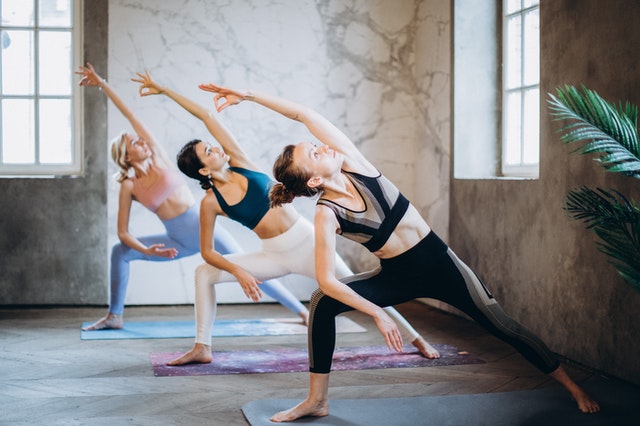Calisthenics Routines And Exercises To Do At Home
Calisthenics is part of functional training, and it is one of the training currents that we like the most because it requires a minimum of material and at the same time has great versatility and a variety of exercises without losing effectiveness.
 Many calisthenics exercises represent the basic activities that have allowed us to survive as a species, such as jumping, hanging, and climbing, for example.
Many calisthenics exercises represent the basic activities that have allowed us to survive as a species, such as jumping, hanging, and climbing, for example.
At the same time, it simultaneously mobilizes many muscle groups, something that, unlike gyms, allows:
- Much more balanced muscle development
- More transfer in your day-to-day activities
- It makes it especially effective for developing other motor skills such as flexibility, agility, power, strength, coordination, balance, and endurance.
As in functional training, this means that you will be able to:
- Better develop your reflexes
- Develop motor skills
To greatly improve the strength of the muscles and condition the ligaments, tendons, and joints, reducing the possibility of injury.
Activate the core in most exercises by developing muscular stabilization systems (thanks to the fact that it does not work the muscles in isolation)
Improve body posture
Like many words related to sports and training, its origin comes from the Greek “kallos” and “ethnos,” which mean “beauty” and “strength,” because the objective of calisthenics exercises is not only to obtain a better physical figure but also that all movements are harmonious, precise and aesthetic.
The beauty of the fortress, that’s calisthenics.
Start small
Many people get frustrated because they cannot get to do the movements in bars and rings that are so attractive and give this physical activity a lot of beauty.
It is important not to set too high expectations initially because you are more likely to give up by not reaching that goal before your body is ready to reach it.
Most of your calisthenics training time is focused on preparing your body to reach the next level, and you mustn’t accelerate your progress.
Muscles tend to adapt much faster than joints and tendons, so you will be much more prone to injury if compensation is not adequate.
…

